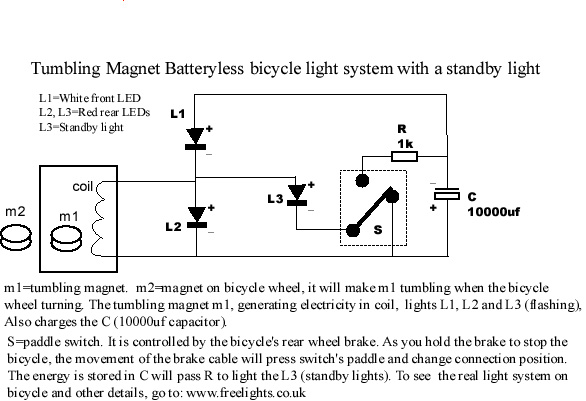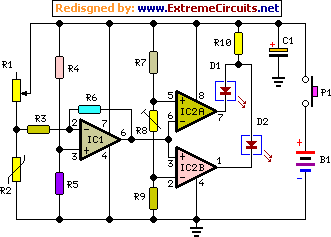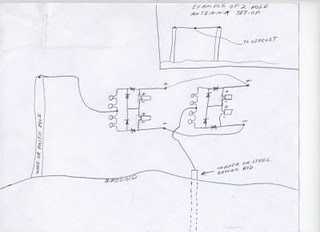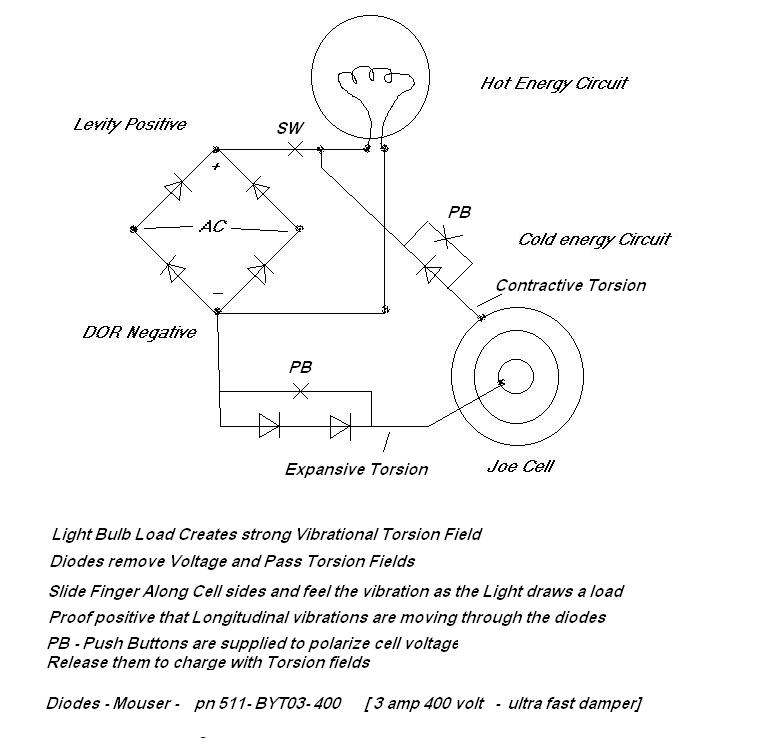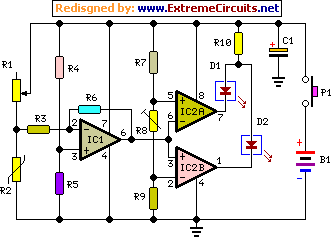
Management of Locomotive Tractive Energy Resources
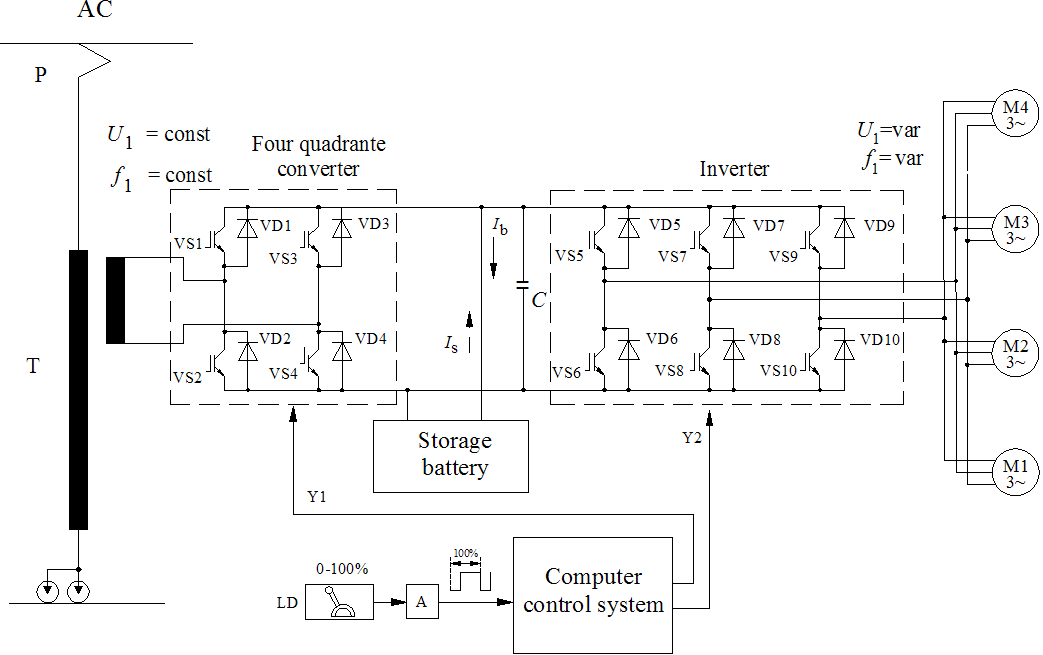
The diagrams illustrate the startup sequence of the TEP-60 diesel engine starter in relation to current accumulators: 1 - battery current without a supercapacitor block (SCB) when the traction generator operates in starter mode; 2 - battery current with SCB when the traction generator operates in starter mode. Figure 8 presents the torque-speed characteristics of the induction traction motor's regenerative braking and traction modes as influenced by varying the main frequency (f1). Parameters include no1, which is the no-load speed of the AC traction motor. Figure 9 depicts a circuit diagram of the AC/AC current system for an electric locomotive's regenerative braking energy computer control system, which includes components such as M1-M4 (AC traction motors), LD (locomotive driver), A (analog-to-digital converter), T (traction transformer), P (pantograph), VS1-VS10 (IGBT transistors), VD1-VD10 (diodes), Y1 (four-quadrant drive control signals), Y2 (inverter drive control signals), Ib (braking current), Is (stored current), and WS1-WS4 (wheelsets). Figure 10 presents a circuit diagram of a Hybrid Traction System configuration featuring AC traction motors, including a diesel engine (DM), a synchronous traction generator (G), and an induction traction motor (M). Figure 11 outlines the AC/AC power structure of a diesel-electric locomotive's complementary energy management system during regenerative braking and traction modes, including components DM, G, and M, along with Mb (electromagnetic moment in the braking mode), n (rotor speed), A (energy generation in traction mode), and B (energy generation in braking mode). Figure 13 provides a block circuit diagram of the Hybrid Traction System's diesel engine start operation mode, featuring components DM, conventional battery (CB), and contactor (K). Figure 19 illustrates a complementary scheme for energy saving and catenary current stabilization, incorporating conventional batteries (CB) and a supercapacitor block (SCB). Figure 20 presents the structure of the energy management system, including IR (regenerative current), IP (traction mode current), and K (semiconductor key for energy direction control). Figure 24 details a high-speed disconnector (J), pantograph (P), four-quadrant converters (4Q1, 4Q2), inverters (I1, I2), AC asynchronous traction motors (M1, M2), energy accumulation condenser (C), current sensors for secondary traction transformer windings (X1, X2), primary winding current sensor (ST), secondary transformer windings (A1, A2), and contact network voltage measurement (A3). Additional components include a flattening voltage sensor (BU), dynamic braking resistor (Rb), IGBT-transistor braking current regulator (VS1), speed sensors for traction motors (BR1, BR2), diodes (VD1, VD2), capacitor (C), analog-to-digital converters (1, 2, 3, 4, 5), asynchronous traction motors speed variation (n1, n2), and wheelsets (WS1, WS2). The scheme for the EJ-575 train's traction-electrodynamic braking parameters is researched practically using a personal computer. Figure 25 shows the primary traction transformer winding current variation (A), contact network voltage variation (V), flattening voltage variation (V), and speed variation of the train (km/h) over time (s). The parameters of the double-deck electric train EJ-575's energy management in traction-electrodynamic braking modes are depicted in Figure 26, illustrating the traction cycle (0 to t1), electrodynamic braking cycle (t1 to t2), traction cycle (t2 to t3), and electrodynamic braking cycle (t3 to t4). Diagrams also reflect the variation of contact network energy P(t) and the energy consumed during electrodynamic braking P(t) in the electric double-deck train EJ-575. The paper discusses fundamental theoretical and engineering challenges related to electrodynamic braking, focusing on braking force regulation methods and the utilization of regenerative braking energy return systems in diesel engines or hybrid traction vehicle systems, including circuit diagrams.
The TEP-60 diesel engine starter system is designed to operate efficiently in conjunction with current accumulators, allowing for the effective management of battery current both with and without the inclusion of a supercapacitor block. The operational characteristics of the induction traction motor are critical, especially concerning its torque-speed relationship during regenerative braking and traction phases. The AC/AC current system for the electric locomotive incorporates multiple components that facilitate the control and conversion of energy, ensuring optimal performance during various operational modes.
The hybrid traction system configuration, which integrates a diesel engine with synchronous and induction traction motors, showcases a versatile approach to energy management, particularly during regenerative braking. The system's design emphasizes the importance of energy recovery and efficient power distribution, utilizing advanced components like IGBT transistors and analog-to-digital converters to enhance control and responsiveness.
The complementary energy management system is integral to maintaining operational efficiency, particularly in managing energy transitions between traction and braking modes. The incorporation of a supercapacitor block alongside conventional batteries further enhances the system's ability to stabilize catenary current while maximizing energy savings.
Overall, the detailed circuit diagrams and operational parameters presented in this research highlight the complexities of modern traction systems, underscoring the importance of advanced energy management strategies in improving the performance and sustainability of electric and hybrid traction vehicles.The diagrams of starting up of the TEP-60 diesel engines starter in chain of current accumulators: 1- baterry current without SCB, when traction generator operates in a starter mode; 2- baterry current with SCB, when traction generator operates in a starter mode Figure 8. Torque-speed characteristic of induction traction motor`s regenerative braking and traction modes by changing
main frequency f1 ’fi ’ parameters: no1 noi is AC traction motor`s no ’load speed Figure 9. A circuit diagram of AC/AC current system electric locomotive regenerative braking energy computer control system: M1-M4 AC traction motors; LD- locomotive driver; A- analogic digital converter; T- traction transformer; P- pantograph; VS1-VS10-IGBT transistors; VD1-VD10-diodes; Y1-four quadrant drive control signals; Y2- inverter drive control signals; Ib-braiking current; Is- stored current; WS1-WS4- wheel-sets Figure 10. A circuit diagram of Hybrid Traction System configuration with AC traction motors: DM-diesel engine; G-synchronous traction generator; M-induction traction motor.
Figure 11. AC/AC power structure diesel-electric locomotive complementary energy management system in regenerative braking and traction mode: DM-diesel engine; G-synchronous traction generator; M- AC traction motor. Mb- electromagnetic moment in the braking mode; n-speed of the rotor; A-energy generation part in the traction mode; B-energy generation part in the braking mode.
Figure 13. Block circuit diagram of the Hybrid Traction System diesel engine start operation mode: DM- diesel engine; CB- conventional battery; K-contactor; Figure 19. Complementary principled scheme of energy saving and catenary current stabilization structure: CB- conventional batteries; SCB-super capacitors block Figure 20.
Scheme of energy management system structure: IR regenerative current; IP ”traction mode current; K- semiconductor key for energy direction control Figure 24. J high-speed disconnector; P phantograph; 4Q1, 4Q2 four-quadrant converters; I1, I2 inverters; M1, M2 AC asynchronous traction motor; C energy accumulation condenser; X1, X2 secondary traction transformer windings current sensors; ST primary winding traction transformer current sensor; A1, A2 secondary traction transformer windings; A3 secondary traction transformer winding for measurement of contact network voltage (25 kV); BU flattening voltage sensor; Rb dynamic braking resistor; VS1 IGBT-transistor braking current (braking force) value regulator; BR1, BR2 speed sensors of traction motors; VD1, VD2 diodes; C capacitor; 1, 2, 3, 4, 5 analogical-digital converters; ”n1, ”n2 asynchronous traction motors speed variation; WS1, WS2 wheelsetsThe scheme of the train EJ-575 traction-electrodynamical braking parameters practical research, using a personal computer Figure 25.
ITr diagram of primary traction transformer winding current variation (A); UTr diagram of contact network voltage variation(V); flattening voltage Ud variation diagram (V); V diagram of speed variation of the train (km/h); t time (s)Parameters values of the double-deck electric train EJ-575 energy-management in traction-electrodynamic braking modes Figure 26. 0 t1 traction cycle 1T; t1 t2 electrodynamic braking cycle 1S; t2 t3 traction cycle 2T; t3 t4 electrodynamic braking cycle Diagrams showing variation of contact network energy P(t) and electrodynamic braking P(t) energy consumed in electric double-deck train EJ-575 The paper addresses some basic theoretical and engineering problems of electrodynamic braking, presenting methods of braking force regulation and using of regenerative braking returning energy (energy saving systems) and diesel engine or any form of hybrid traction vehicles systems, circuit diagrams, elect
🔗 External reference
The TEP-60 diesel engine starter system is designed to operate efficiently in conjunction with current accumulators, allowing for the effective management of battery current both with and without the inclusion of a supercapacitor block. The operational characteristics of the induction traction motor are critical, especially concerning its torque-speed relationship during regenerative braking and traction phases. The AC/AC current system for the electric locomotive incorporates multiple components that facilitate the control and conversion of energy, ensuring optimal performance during various operational modes.
The hybrid traction system configuration, which integrates a diesel engine with synchronous and induction traction motors, showcases a versatile approach to energy management, particularly during regenerative braking. The system's design emphasizes the importance of energy recovery and efficient power distribution, utilizing advanced components like IGBT transistors and analog-to-digital converters to enhance control and responsiveness.
The complementary energy management system is integral to maintaining operational efficiency, particularly in managing energy transitions between traction and braking modes. The incorporation of a supercapacitor block alongside conventional batteries further enhances the system's ability to stabilize catenary current while maximizing energy savings.
Overall, the detailed circuit diagrams and operational parameters presented in this research highlight the complexities of modern traction systems, underscoring the importance of advanced energy management strategies in improving the performance and sustainability of electric and hybrid traction vehicles.The diagrams of starting up of the TEP-60 diesel engines starter in chain of current accumulators: 1- baterry current without SCB, when traction generator operates in a starter mode; 2- baterry current with SCB, when traction generator operates in a starter mode Figure 8. Torque-speed characteristic of induction traction motor`s regenerative braking and traction modes by changing
main frequency f1 ’fi ’ parameters: no1 noi is AC traction motor`s no ’load speed Figure 9. A circuit diagram of AC/AC current system electric locomotive regenerative braking energy computer control system: M1-M4 AC traction motors; LD- locomotive driver; A- analogic digital converter; T- traction transformer; P- pantograph; VS1-VS10-IGBT transistors; VD1-VD10-diodes; Y1-four quadrant drive control signals; Y2- inverter drive control signals; Ib-braiking current; Is- stored current; WS1-WS4- wheel-sets Figure 10. A circuit diagram of Hybrid Traction System configuration with AC traction motors: DM-diesel engine; G-synchronous traction generator; M-induction traction motor.
Figure 11. AC/AC power structure diesel-electric locomotive complementary energy management system in regenerative braking and traction mode: DM-diesel engine; G-synchronous traction generator; M- AC traction motor. Mb- electromagnetic moment in the braking mode; n-speed of the rotor; A-energy generation part in the traction mode; B-energy generation part in the braking mode.
Figure 13. Block circuit diagram of the Hybrid Traction System diesel engine start operation mode: DM- diesel engine; CB- conventional battery; K-contactor; Figure 19. Complementary principled scheme of energy saving and catenary current stabilization structure: CB- conventional batteries; SCB-super capacitors block Figure 20.
Scheme of energy management system structure: IR regenerative current; IP ”traction mode current; K- semiconductor key for energy direction control Figure 24. J high-speed disconnector; P phantograph; 4Q1, 4Q2 four-quadrant converters; I1, I2 inverters; M1, M2 AC asynchronous traction motor; C energy accumulation condenser; X1, X2 secondary traction transformer windings current sensors; ST primary winding traction transformer current sensor; A1, A2 secondary traction transformer windings; A3 secondary traction transformer winding for measurement of contact network voltage (25 kV); BU flattening voltage sensor; Rb dynamic braking resistor; VS1 IGBT-transistor braking current (braking force) value regulator; BR1, BR2 speed sensors of traction motors; VD1, VD2 diodes; C capacitor; 1, 2, 3, 4, 5 analogical-digital converters; ”n1, ”n2 asynchronous traction motors speed variation; WS1, WS2 wheelsetsThe scheme of the train EJ-575 traction-electrodynamical braking parameters practical research, using a personal computer Figure 25.
ITr diagram of primary traction transformer winding current variation (A); UTr diagram of contact network voltage variation(V); flattening voltage Ud variation diagram (V); V diagram of speed variation of the train (km/h); t time (s)Parameters values of the double-deck electric train EJ-575 energy-management in traction-electrodynamic braking modes Figure 26. 0 t1 traction cycle 1T; t1 t2 electrodynamic braking cycle 1S; t2 t3 traction cycle 2T; t3 t4 electrodynamic braking cycle Diagrams showing variation of contact network energy P(t) and electrodynamic braking P(t) energy consumed in electric double-deck train EJ-575 The paper addresses some basic theoretical and engineering problems of electrodynamic braking, presenting methods of braking force regulation and using of regenerative braking returning energy (energy saving systems) and diesel engine or any form of hybrid traction vehicles systems, circuit diagrams, elect
🔗 External reference
